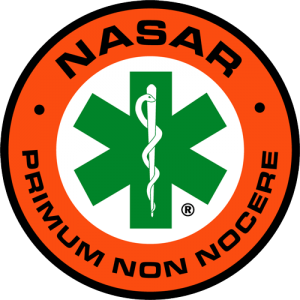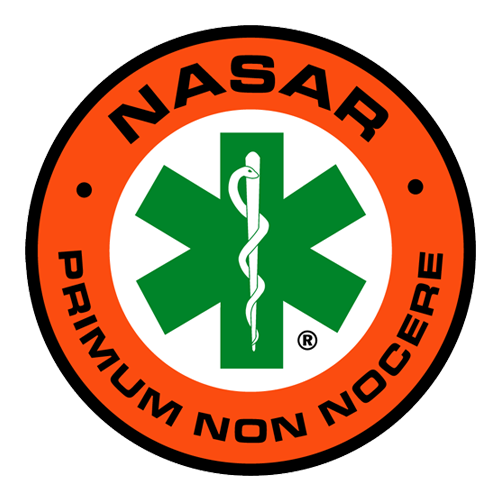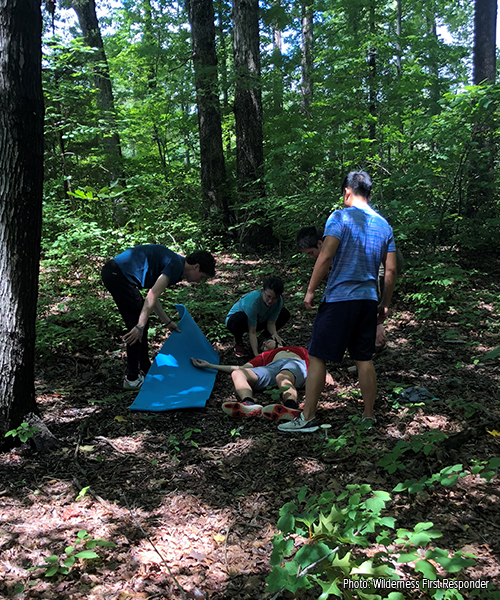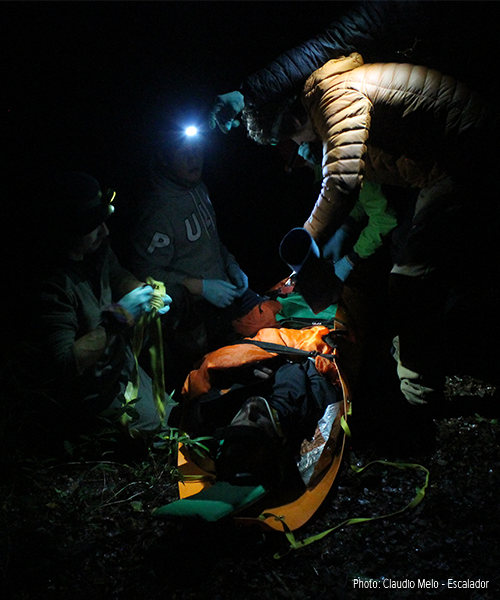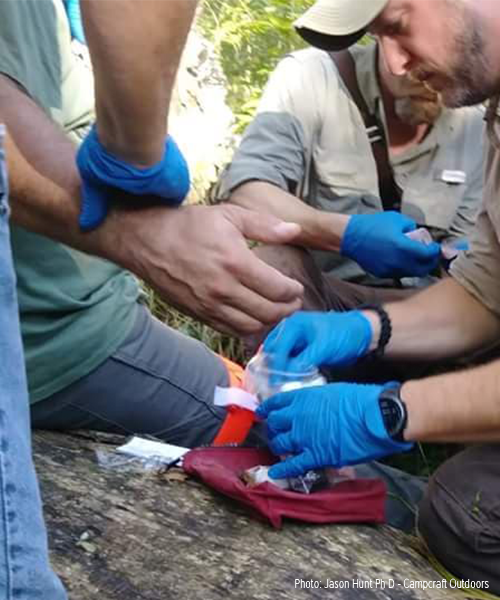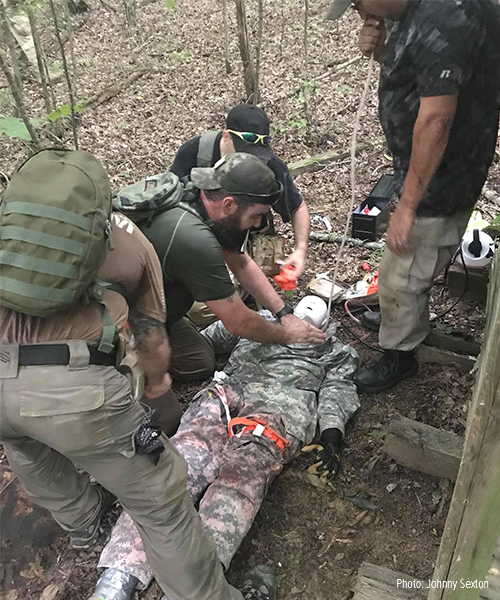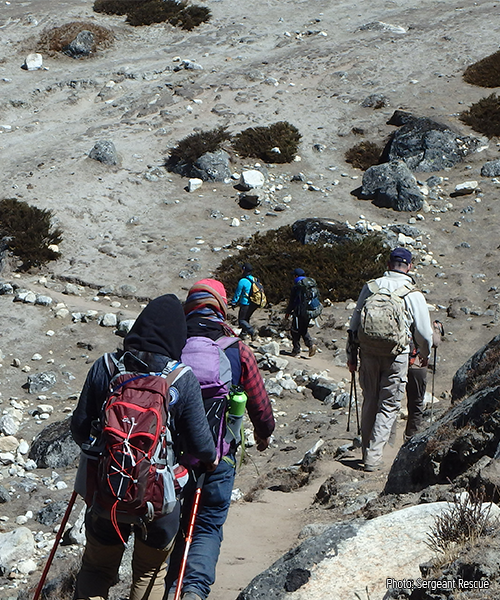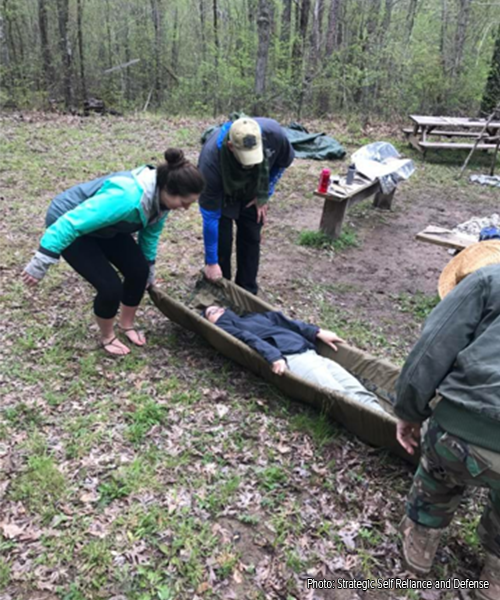What is wilderness?
For the purpose of emergency care, wilderness means any situation where advanced care and additional resources are out of reach or unavailable, because you are at a remote location (more than 2 hours or so from help) or because a major disaster has overwhelmed the medical system.
What will you learn in WFR?
Environmental hazards
You will learn about the effects of heat, cold, altitude, solar radiation, and lightning on the body: Prevention, assessment, and treatment.
Biological hazards
Bugs, snakes, bears, aquatic hazards, plants, contaminated water: What they can do to you and how you can protect yourself.
Wilderness wound care
In a wilderness situation, you need to clean and disinfect wounds, and apply bandages that will stay on as the patient walks, skis, scrambles, or is evacuated out. So you will learn and practice far more bandaging techniques than EMTs and other medical professionals do.
Burns
You will learn about burn hazards in the wilderness (wildfires and stoves), and how to assess and treat chemical and electrical as well as thermal burns.
Shock
You will learn how injuries or medical problems can interfere with oxygen delivery, and what to do about it.
Wilderness fracture & dislocation management
You will learn how to align angulated fractures, reduce dislocations, and use various commercial and improvised splints for fixation and traction splinting.
Spinal injuries
You will learn how to assess a patient for possible spinal injuries and (if possible) clear the spine. You will also learn how to align a patient with possible spinal injuries who is found in a bent or twisted position (seldom taught in EMT or paramedic courses), and do spinal motion restriction (SMR).
Medical problems in the wilderness
You will learn how to assess medical problems in wilderness situations, what you can do about them, and how to decide if they require an evacuation.
Pregnancy and childbirth
You will learn about pregnancy in wilderness activities, and how to assist with an emergency childbirth.
Life support
You will learn how to protect the airway, administer oxygen, and how wilderness situations affect CPR.
Wilderness extrication & transport
You will learn how to build sleds and litters to evacuate patients from the wilderness.
Patient assessment
You will learn how to do a complete patient assessment, including vital signs, physical exam, and getting a medical history. You practice using stethoscopes, blood pressure cuffs, and pulse oximeters.
Improvise
Above all, you will learn how to improvise care with whatever you have or can find in the wilderness.
